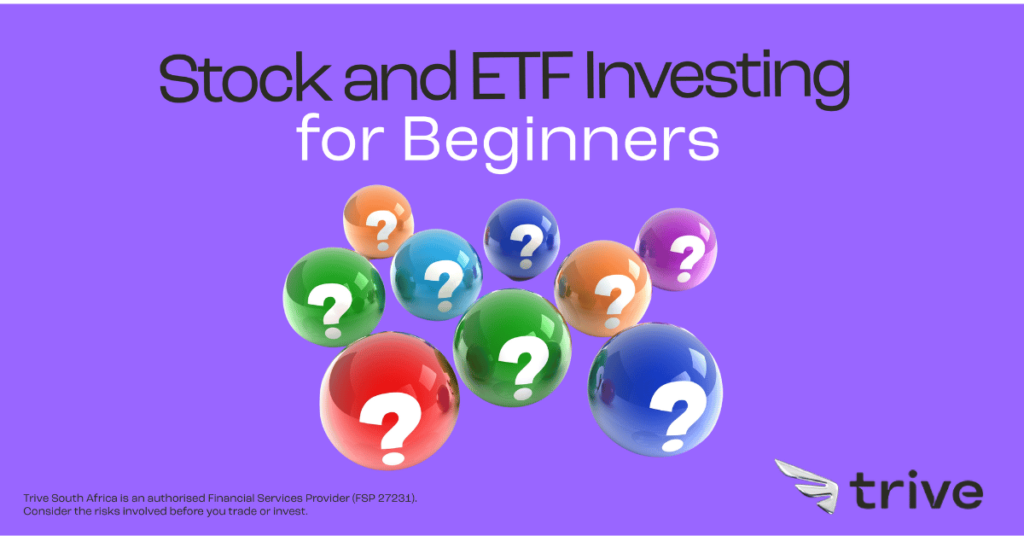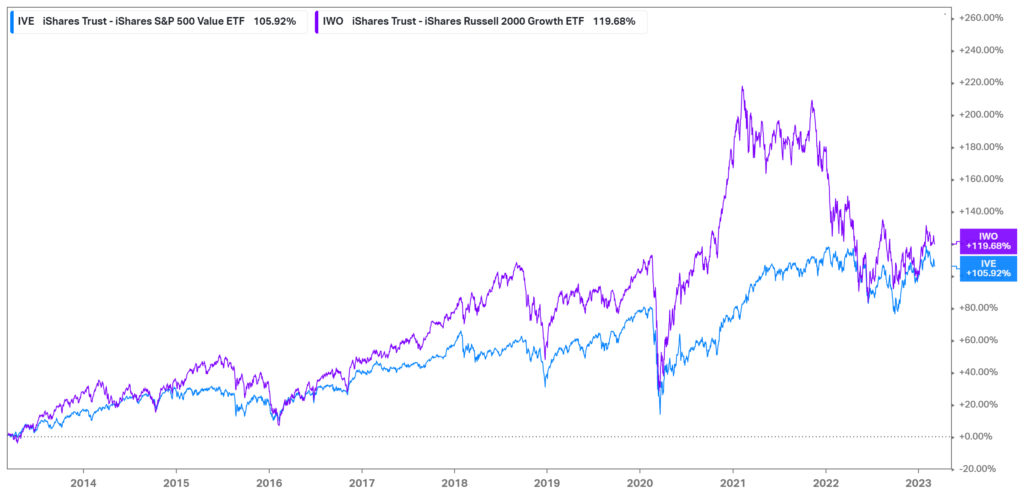
Investing in the stock market can be daunting, but investors should never overlook the importance thereof. As the great Warren Buffet once said, “Never depend on a single income, make an investment to create a second source.’’ This powerful quote encapsulates the benefits of investing, whether it be to build financial wealth, achieve financial goals or simply combat inflation. Startup investors often wonder about the best ways to gain exposure to the benefits of the stock market. Two of the most popular instruments among investors are stocks and ETFs.
What are Stocks?
When a company goes public, it will issue stocks that offer a portion of its ownership to the public. Investors then have the option of buying these stocks, which entitles them to a percentage of the company’s profits based on the number of stocks they bought. Investors can also obtain a say in the company’s decisions through voting rights. Stock prices fluctuate based on supply and demand, meaning that if more investors want to buy the stock than sell it, the price will go up. Conversely, the presence of more sellers than buyers will drive the stock down. Stocks also carry risks, as many factors, such as economic conditions, company performance and specific market trends, can affect their prices. However, with the risk comes possible reward, and they have historically benefitted investors by providing long-term returns higher than that of a common savings account. The average annualised return of the S&P500 index from 1980 to 2023 is approximately 11,5%, much higher than the interest rates offered in a basic savings account. It is important to note that these returns come with more volatility and risk, and past performance does not indicate future results. The risks underlying the stock market point to the importance of diversifying a portfolio to mitigate some of that risk.
What about ETFs?
An exchange-traded fund gives an investor exposure to a bundle of stocks or assets designed to track the performance of a particular sector or market index. These funds trade like stocks on an exchange, where the value of the ETF will rise and fall in tandem with the underlying assets in the ETF. There are numerous benefits to an investor, including exposure to a broader range of diverse assets for a lower cost than purchasing each of those assets individually. ETFs require the investor to pay an annual management fee equal to a certain percentage of the value of your ETF on an annualised basis. This fee is often referred to as an expense ratio. The benefit to the investor lies in the fact that ETF fees are usually lower than that charged by a mutual fund. Therefore, ETFs provide startup investors with a low-cost, diversified investment that is easily accessible and liquid. However, the general risks that lie in stock market investing remain.
The Investment Process
The process of starting your investment journey can be overwhelming. There are some steps that investors can follow to simplify their decision-making process. These include defining your risk tolerance, outlining your financial goals and choosing your investment account.
Defining your risk tolerance is an effective starting point. Your risk tolerance could be based on your investment portfolio’s personal goals and desired outcomes. There are various categories of stocks, each with its own level of risk. Once you have determined your tolerance for risk, an investor can narrow their universe down to focus on stocks and ETFs that meet their specific need.
For example, an investor with a longer investment horizon could set their sights on a more aggressive risk category that could generate higher returns over time. Examples of stocks that meet this criterion are growth stocks, small-cap stocks, or an ETF that tracks this category. These offer higher returns but come with more risk and volatility. On the other hand, investors with lower risk tolerance and shorter time horizon could set their sights on blue-chip companies, dividend-paying stocks or value stocks that offer lower returns but come with less risk and volatility.
The graph below highlights the difference between the returns of a growth ETF (higher risk) and a value ETF (lower risk) and their volatility over time. Evidently, the growth ETF experienced more volatility but ultimately led to higher returns. On the other hand, the value ETF provided more reliable and stable returns but slightly underperformed on a 10-year basis.

Once an investor has defined their risk tolerance and financial goals, they can choose an investment account. A traditional brokerage account allows investors to invest in stocks and ETFs. Once an investor has opened a brokerage account, they can start their investment journey.
Making the Correct Investment Decisions
Brokerages often offer research tools and resources. The research component of investing should not be overlooked, as this process includes identifying the relevant stocks and ETFs that align with the investor’s risk tolerance and goals. Investment research can be overwhelming, but it is essential to making informed investment decisions. By analysing market trends, company financials and other relevant information, investors can identify opportunities in the stock market. This process reduces the investor’s risk by providing context on the current factors driving the stock market. It could also enhance the investor’s confidence as they create a solid understanding of the investments they are making.
The Bottom Line
Investing in stocks and ETFs is a great way for investors to possibly generate wealth and build towards achieving their financial goals. Stocks and ETFs have historically provided higher returns than other asset classes, such as bonds and cash. The stock market has no guarantees, but investing in a well-diversified portfolio of stocks and ETFs can provide the potential for long-term growth. These two asset classes trade on an exchange that provides liquidity to investors needing to access their funds quickly. It also provides flexibility, as investors can invest in these instruments directly or through a managed investment account, such as a 401(k) or IRA. Overall, if investors do their research and follow their process, stocks and ETFs are valuable instruments that could assist in achieving your long-term financial goals.
Sources: Fidelity International, S& P Global, Forbes Advisor, Investopedia, Koyfin.
Disclaimer: Trive South Africa (Pty) Ltd, Registration number 2005/011130/07, and an Authorised Financial Services Provider in terms of the Financial Advisory and Intermediary Services Act 2002 (FSP No. 27231). Any analysis/data/opinion contained herein are for informational purposes only and should not be considered advice or a recommendation to invest in any security. The content herein was created using proprietary strategies based on parameters that may include price, time, economic events, liquidity, risk, and macro and cyclical analysis. Securities involve a degree of risk and are volatile instruments. Market and economic conditions are subject to sudden change, which may have a material impact on the outcome of financial instruments and may not be suitable for all investors. When trading or investing in securities or alternative products, the value of the product can increase or decrease meaning your investment can increase or decrease in value. Past performance is not an indication of future performance. Trive South Africa (Pty) Ltd, and its employees assume no liability for any loss or damage (direct, indirect, consequential, or inconsequential) that may be suffered from using or relying on the information contained herein. Please consider the risks involved before you trade or invest.




